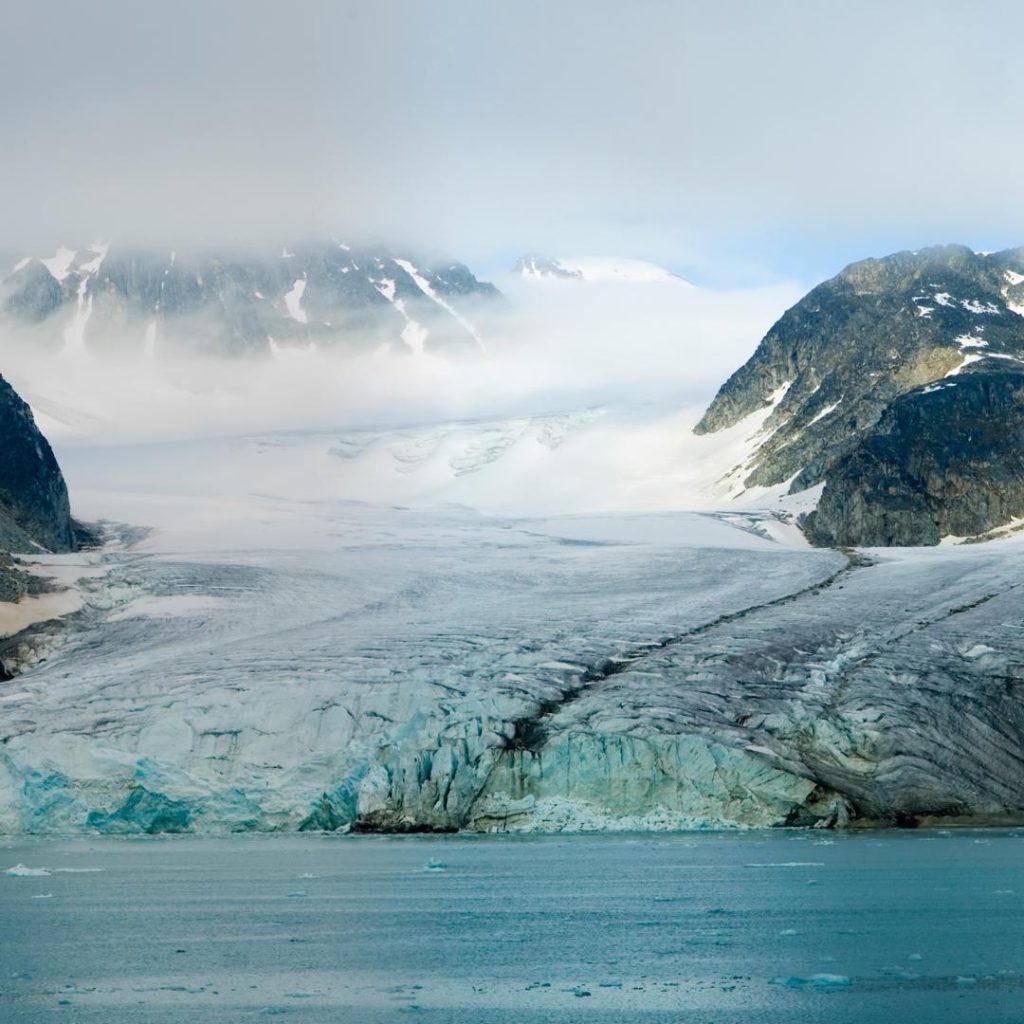Coal mine closes after 100 years - Norway's largest renaturation project

We find ourselves in a time when dismantling is sometimes seen as absolutely sensible progress. This is what happened in Svea Bay on Van Mijen Fjord in the south of Spitsbergen.
There is hardly anything left to remind us that this was once the largest coal mine in the archipelago. Of the original 60 buildings - barracks for 300 workers with a canteen, a power station, airfield, storage rooms and stores - only three red barracks remain.
Coal was mined in the bay for almost 100 years
It was the Swedes who extracted the black gold from the rock here. Hence the name of the mine: Svea. The old word for Sweden.
There was hardly any economic benefit to coal mining on Spitsbergen. Most of the fuel was used directly for heating or for the production of electricity on the island. The rest was exported.
The equivalent of 130 million euros was needed for the dismantling.
"If we have used an area for industrial activities and no longer do so, we must try to restore nature to the way it was originally," says former Norwegian Environment Minister and now Foreign Minister, Espen Barth Eide.
Climate change in the Arctic is costing glaciers their lives
The Isfjord, located in the main town of Longyearbyen, almost never lives up to its name. It hardly freezes over even in winter.
It is particularly noticeable here: the glaciers are constantly retreating.
The dismantling of the coal mines is intended to give nature space to reclaim the unique landscape, explains project manager Johansen.
"We want to give the streams free rein again. We want water, snow and sediment to be able to form a new landscape."
Alternative energy production is not yet sufficient
Svalbard also wants to become more climate-friendly in terms of energy production. This is not so easy in the Arctic.
As we all know, coal has had its day as an energy source for electricity and heat.
That is why the power plant in Longyearbyen has now been converted to modern diesel generators.
Even if that sounds strange, it reduces emissions by 50 percent.
This option is chosen because green alternatives such as wind or solar have not been sufficient to date.






